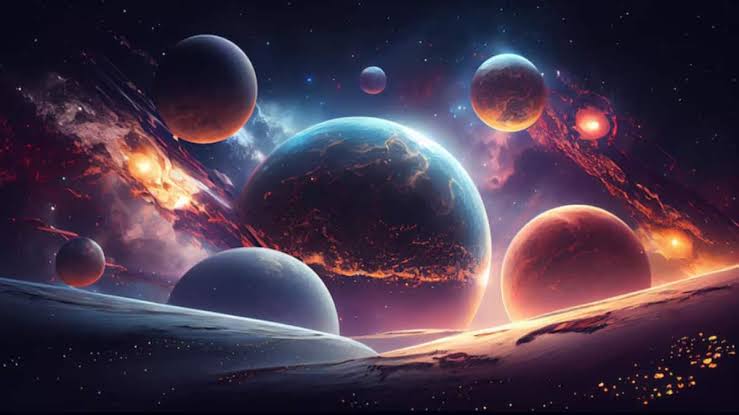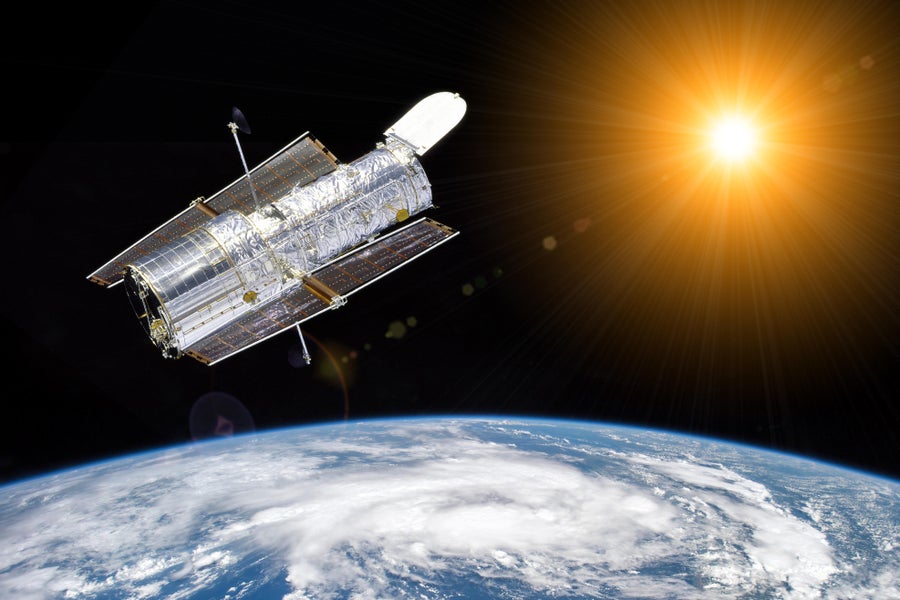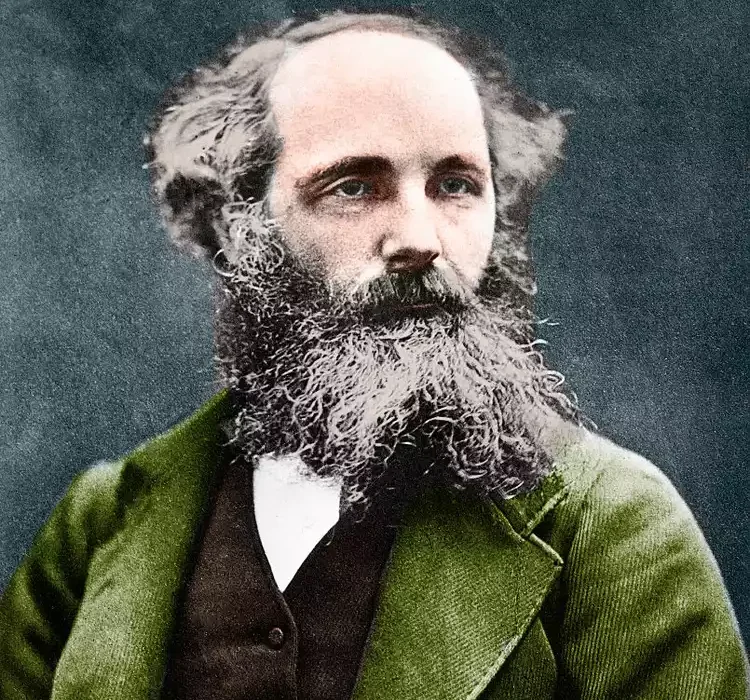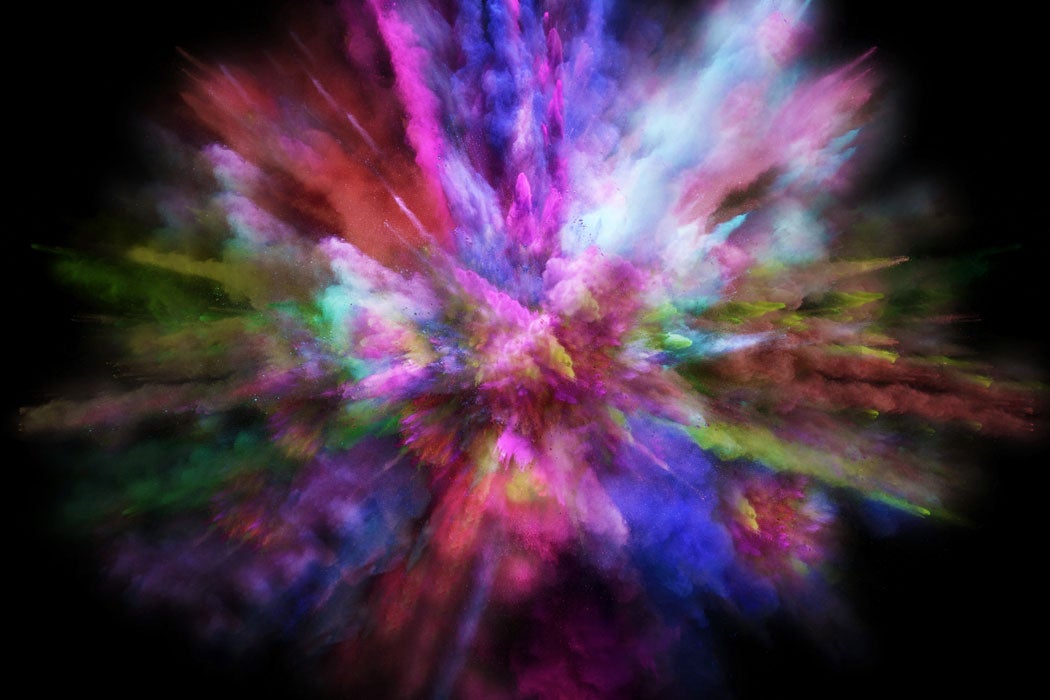From the earliest myths to the latest theories in physics, humanity has always wondered whether our universe is the only one. Ancient cultures imagined heavens and underworlds existing alongside our earthly realm, places where gods and spirits lived. Philosophers speculated about infinite worlds beyond our reach, each following its own order. Today, this age-old curiosity has migrated into the domain of science, where physicists and cosmologists explore the possibility of “parallel universes” not as fantasy, but as hypotheses born from mathematics and observation.
The allure of parallel universes is as much emotional as it is intellectual. They suggest that reality might be far richer than what we see, that beyond the curtain of our observable cosmos lie infinite possibilities: worlds where history unfolded differently, where time ticks at another pace, where another version of ourselves may be living a completely different life. This vision excites the imagination but also challenges the boundaries of science, forcing us to ask: what does it mean for a theory to describe something we might never directly observe?
The question of parallel universes stands at the intersection of philosophy, physics, and human longing. To approach it, one must dive into modern cosmology, quantum mechanics, and the nature of reality itself.
The Expanding Universe and the Horizon of Knowledge
Our journey begins with the discovery that the universe is not static but expanding. In the 1920s, Edwin Hubble observed that distant galaxies were receding from us, their light stretched to longer, redder wavelengths. This discovery revealed that space itself was stretching, carrying galaxies apart like raisins in rising dough. The Big Bang theory, now well supported, describes this expansion as the unfolding of the cosmos from an unimaginably hot, dense state nearly 14 billion years ago.
Yet the observable universe—the part we can see—is only a fraction of the whole. Light has a finite speed, and the cosmos has a finite age. Beyond the “cosmic horizon,” regions of space exist that we will never see because their light has not had time to reach us. The true universe might be vastly larger, perhaps infinite.
This realization opens the first door to the idea of parallel universes. If space is infinite, then the distribution of matter might also be infinite. In such an unending cosmos, patterns inevitably repeat. Somewhere, unimaginably far away, there could exist another region of space identical to ours, with another Earth, another reader pondering the same question. This is not science fiction but a logical consequence of infinity combined with the finite number of possible particle arrangements.
Cosmic Inflation and Bubble Universes
The idea of infinity became sharper with the theory of cosmic inflation. Proposed in the early 1980s by Alan Guth and others, inflation suggests that the universe underwent a brief, explosive expansion in its first fraction of a second. This rapid stretching smoothed the cosmos, explaining why distant regions look so similar, and seeded the tiny fluctuations that grew into galaxies.
But inflation has a strange implication. The process may not have ended everywhere at once. Some regions stopped inflating, forming bubble-like universes, while inflation continued elsewhere. This “eternal inflation” produces a multiverse—a vast froth of bubble universes, each with its own laws of physics, born from the same cosmic process. Our universe, in this view, is just one bubble in an infinite sea.
The bubble multiverse challenges our sense of uniqueness. If other bubbles exist, they might harbor entirely different physical constants. In one, gravity could be weaker, preventing stars from forming. In another, the laws might permit exotic forms of matter unimaginable in our own. Ours happens to be one in which the conditions allow galaxies, stars, and life. This perspective even offers a controversial explanation for the “fine-tuning” of physical laws: if countless universes exist, it is no surprise that we find ourselves in one compatible with observers.
Quantum Mechanics and the Many-Worlds Interpretation
Parallel universes are not only suggested by cosmology but also by the strange behavior of the quantum world. Quantum mechanics, the theory governing atoms and subatomic particles, describes reality not as fixed but as a haze of probabilities. A particle does not have a definite position or state until it is measured; before that, it exists in a superposition of possibilities.
The classic thought experiment of Schrödinger’s cat illustrates the paradox. A cat placed in a box with a quantum device might be simultaneously alive and dead until observed. But what does this really mean? In the 1950s, physicist Hugh Everett proposed a radical interpretation: the wavefunction describing quantum possibilities never collapses. Instead, every possible outcome occurs, but in separate, branching universes. When we observe the cat, we find it alive in one universe and dead in another, each equally real.
This “Many-Worlds Interpretation” transforms quantum mechanics from a mysterious set of probabilities into a multiverse generator. Every decision, every roll of a die, every flicker of a particle’s quantum state spins off countless new universes. In this view, reality is an infinite branching tree, with new worlds budding at every quantum event.
Though elegant, the Many-Worlds hypothesis raises deep questions. If all possibilities happen, what is the meaning of probability? Can we ever test the existence of other branches? Critics argue it multiplies realities without necessity, while supporters claim it is the simplest interpretation of quantum theory. Regardless, it remains one of the most profound visions of parallel universes in modern physics.
String Theory and Hidden Dimensions
Another path to parallel universes comes from string theory, a candidate for unifying all the forces of nature. According to string theory, the fundamental building blocks of reality are not point particles but tiny vibrating strings, whose vibrations correspond to different particles. The mathematics of string theory requires extra dimensions—beyond the three of space and one of time we experience.
These hidden dimensions, curled up at microscopic scales, may allow multiple solutions, each corresponding to a different kind of universe. This landscape of possible universes is staggeringly vast, perhaps numbering 10^500 or more. Each universe could have different physical constants and laws, arising from how the extra dimensions are shaped.
Some theorists suggest that our universe is a three-dimensional “brane” floating in a higher-dimensional space. Other branes might exist alongside ours, separated by tiny gaps in higher dimensions but inaccessible to us. In principle, these branes could collide, creating Big Bangs and spawning new universes. String theory thus provides another scientific framework where parallel universes are not mere speculation but natural outcomes of the mathematics.
Evidence, Challenges, and the Limits of Science
The idea of parallel universes, though seductive, faces a critical obstacle: how can we test it? Science thrives on evidence, on predictions that can be confirmed or falsified by observation. Parallel universes, by definition, may be beyond our reach.
Yet there are hints that might one day point in their direction. Some physicists look for imprints of other universes in the cosmic microwave background—the afterglow of the Big Bang. Collisions between bubble universes, if they occurred, might leave subtle patterns in this radiation. Others explore whether tiny deviations in quantum behavior could betray the existence of Many-Worlds branches.
Still, the evidence remains inconclusive. For now, parallel universes occupy a twilight zone between science and philosophy. They are mathematically possible, consistent with some of our best theories, but not yet empirically confirmed. Some scientists embrace them as the next step in cosmology, while others caution against moving beyond what can be tested.
Philosophical and Emotional Dimensions
Beyond physics, the idea of parallel universes resonates with deep human emotions. It challenges our sense of uniqueness, suggesting that our choices may not be singular but endlessly duplicated across infinite realities. It raises haunting questions: is there another version of you reading this sentence in another world? Is there a universe where you made different choices, where history unfolded along a different path?
For some, this is exhilarating—the idea that possibilities are never exhausted, that reality is unimaginably vast. For others, it is unsettling, threatening the very notion of free will and individuality. If every choice is realized in some universe, what does it mean to choose?
Philosophers have long wrestled with these questions. The multiverse blurs the line between physics and metaphysics, between what science can measure and what the imagination can conjure. It forces us to confront the possibility that our universe is not the center of reality but a single note in a cosmic symphony.
The Future of the Multiverse Question
As science advances, the question of parallel universes will continue to evolve. New observations, such as gravitational wave astronomy or precision mapping of the cosmic microwave background, may offer clues. Advances in quantum information theory might reshape our understanding of the Many-Worlds hypothesis. And future theories of fundamental physics may either confirm the multiverse as inevitable or close the door on it as unnecessary.
Whatever the outcome, the search itself reveals something profound about humanity. We are not content with what we see; we strive to imagine what lies beyond. The multiverse may turn out to be real, or it may remain a concept, a mirror reflecting our deepest questions about existence. Either way, it expands our horizons, reminding us that reality is richer and more mysterious than our daily lives suggest.
Conclusion: Living with Infinite Possibilities
Do parallel universes truly exist? The honest answer is that we do not yet know. They emerge naturally from some of our most successful theories—cosmic inflation, quantum mechanics, string theory—yet remain beyond the reach of direct experiment. They could be the key to understanding why our universe is the way it is, or they might be a mathematical mirage, a consequence of pushing theories beyond what nature reveals.
What is certain is that the idea of parallel universes transforms how we think about reality. It invites us to see ourselves not as inhabitants of a single cosmos but as participants in a grander tapestry, woven from infinite possibilities. Whether or not those other worlds exist, the very act of contemplating them stretches our imagination and deepens our sense of wonder.
Einstein once remarked that imagination is more important than knowledge, for knowledge is limited, while imagination encircles the world. In the question of parallel universes, imagination and science meet. Perhaps one day, evidence will settle the matter. Until then, the possibility of parallel universes remains one of the most captivating frontiers of human thought, a reminder that reality may be far greater than we dare to dream.






